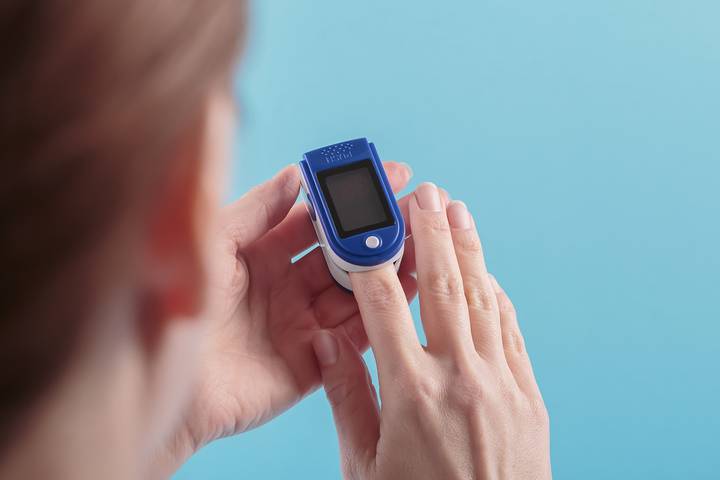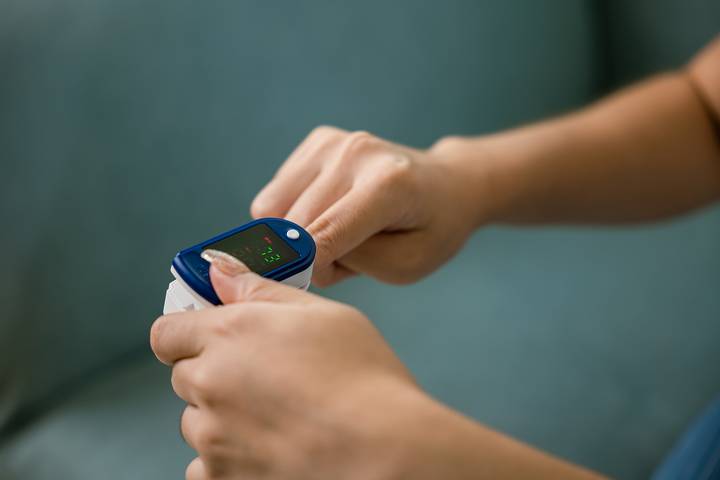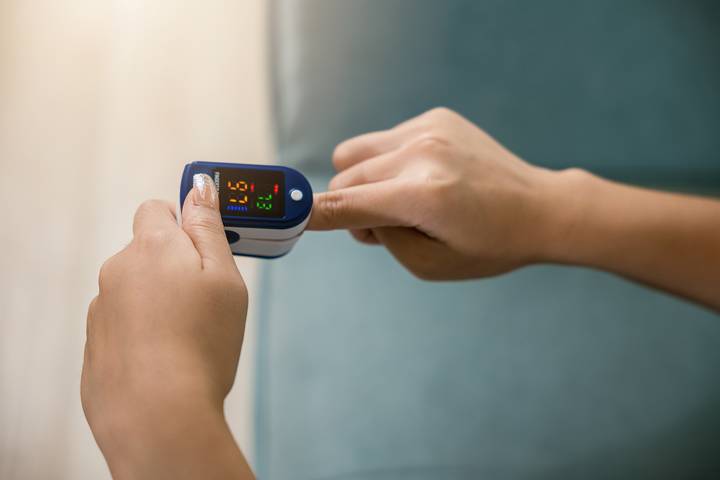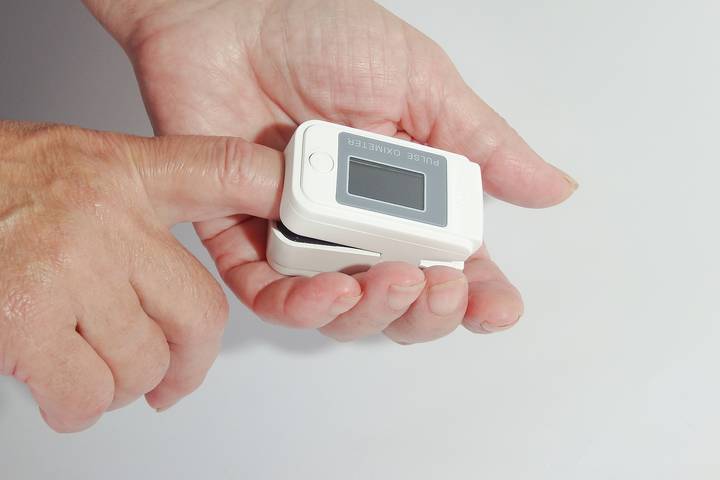How to Read a Pulse Oximeter

We all want to live our best lives, and it is a balance of nutritious food, physical activity and mindfulness. While these are all important, you must also know what is happening inside your biological system. Part of monitoring your health is using at-home medical devices that check various functions of the body, and this is an effective strategy for those who are health compromised or interested in maintaining optimum body function.
Do you have a pulse oximeter but are unsure how to interpret the results? It can be confusing, and you want to understand what the device is reporting so you can take action if necessary. Understanding its function is empowering for your health. Watch for signs of low blood oxygen and get a personal device to monitor it. When you get a bad reading, see your doctor to confirm with their equipment. This is part of responsible self-care.
This is how to read a pulse oximeter.
The Operational Function of Pulse Oximeter

A pulse oximeter is a portable device found in hospitals and clinics worldwide. They are used to accurately measure the oxygen levels in your blood, more specifically, peripheral oxygen saturation in the hemoglobin.
It uses a pair of light-emitting diodes (LEDs) with an electronic processor to penetrate a translucent part of a person’s body, and the light absorbs into the blood. More infrared light (oxygenated hemoglobin) or red light (deoxygenated hemoglobin) will be absorbed depending on the oxygen level. The pulse oximeter will then provide a readout that gives you the results.
There are two categories of pulse oximeters available.
Prescription Oximeters
These devices are vetted and approved by the medical regulatory body in your country. They undergo clinical testing to confirm their accuracy and are mainly used by doctors in a clinical setting like a hospital or doctor’s office. They can also be prescribed to be used at home.
Over The Counter Oximeters
Some oximeters are sold directly to consumers and are affordable, personal devices you keep at home. They do not review with clinical testing or used by a medical professional. They are a strictly personal device that helps you independently measure oxygen blood levels.
Taking a Reading

To get an accurate reading, the probe is clipped or placed on an area of your skin, usually a fingertip or earlobe. You need to have no makeup, nail polish or jewelry in the area you are measuring from, as this can affect the results and give you a false reading.
Sit down and relax, ensuring your hand is warm and sitting below the level of your heart. Be patient as the device takes a reading, making sure not to stop it until it is done, as this gives you be most accurate test possible. Remember that this is an estimation of the blood oxygen levels, but most devices are very precise. Whether you do this at home with your device or have it done by a doctor, the result will be available immediately.
Normal Blood Oxygen Levels

Most healthy people should get a reading of 94% to 99% consistently. Some factors can affect the results, including:
- Skin thickness
- Tobacco use
- Skin temperature
- Skin pigmentation
- Poor circulation
There is an accuracy range for pulse oximeter of 4-6 percent, so you should be fine if your reading is above 95%. Around 89% of your blood should carry oxygen to keep your cells healthy, but it could be damaging if you are consistently below this level.
Hypoxia is when there is insufficient oxygen in the tissues to maintain homeostasis. This can occur at a reading below 92%. People with respiratory diseases may have a reading around this level, and sometimes supplementary oxygen is given for those whose Sp02 levels fall below 90% for prolonged periods.
Effects On Blood Oxygen Readings

Several medical conditions can give low readings from the device and are typical as indicators and monitoring of these afflictions. They include:
- COPD
- Asthma
- Pneumonia
- Lung cancer
- Chemotherapy treatment
- Influenza
- Heart disease
- Cystic fibrosis
- COVID-19
- Sleep apnea
Some lifestyle activities can also affect your oxygen blood levels, like smoking, vaping, alcohol and lack of exercise. Ultimately, using a pulse oximeter will give you a strong indication of an oxygen level problem in the blood, and your medical professional can help you with the next steps.
If you have had a low reading on a pulse oximeter, pay attention to other physical signs to confirm low oxygen levels. These could be a blushing colour on the face, nails and lips, chest pains, racing heartbeat and shortness of breath. Unfortunately, not all people will have these symptoms, so it is a good idea to see your doctor when you get a troublesome reading with an at-home device.



















